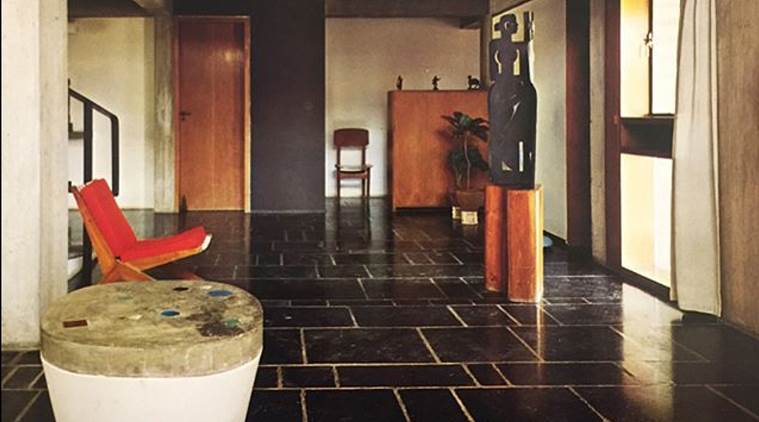
The arc of Pritzker awardee BV Doshi’s building projects reflects an unmistakable sense of symmetry and harmony. “Every space by itself tells a story and when you want to create another dialogue, then colour brings its own songs, and then the symphony begins,” says Doshi, 91, who was the only Indian at Le Corbusier’s studio in France in the 1940s. He subsequ-ently supervised the Swiss architect’s projects in Ahmedabad, which included the Sarabhai House, the Shodhan Villa and the Mill Owners’ Association Building.
It’s hard to miss Corbusier’s use of colour in his projects. The artist-turned-architect gave sculptural form to his buildings, articulating their volume in beton brut (raw concrete), and using colour to present life. A giant of modern architecture, his treatise on colour Polychromie Architecturale (1931, 1959) affirmed his belief that “colour in architecture is as powerful as the ground plan and section”. It presented 63 shades that the architect created in two colour collections, in 1931 and 1959. Almost like a coloured keyboard, the book presents harmonious ways in which colours can come together in structures. The Corbusier palette has now become so popular that a leading paint company in India has swatches of it.
Doshi recalls how Corbusier’s “acrobatic ability” in scooping out centres and leaving playful facades and terraces of all geometries, made a difference to the interiority of his buildings. In the Shodhan Villa, for instance, he places primary colours next to each other with such spontaneity that one can’t help wonder at his zest and humour. Flora Samuel, in the book Le Corbusier in Detail (Architectural Press; 2007), writes that his prime objective was to assist people “in the process of savoir habiter (knowing how to live) — to understand life, sun, sea, space, greenery and love”.
In Mill Owners’ (1954), for instance, against the sky grey of the walls and brise-soleil (sun-breaker) is the tomato red pivoted door. The east façade boasts of his colour palette that is mindful of “cloth dyers washing and drying their cotton materials on the sand”, even as red, blue and yellow panels stand hidden behind the flowing greens from the balcony.
In Shodhan Villa (1957), the walls are all white and the ceilings are coloured. “How do you tell volume? When you see the ceiling against the bare beams, and your eyes start moving towards the organic shapes of the stained-glass on the wall, your perspective changes, your thoughts change, and so does your mood,” says Doshi. He informs that though the house has red, blue, green and yellow colours across levels, it’s not quite as it seems. “There’s a bit of ochre in the yellow and the black is a buffalo black,” he says.
Inspired by Indian miniatures, both Shodhan House and the Mill Owners’ building profess an inside-outside movement. “When you’re in Shodhan House, the floor is bare. You will see colourful patterns dancing and disappearing at different times in the day, and differently, during changing seasons,” says architect Manisha Shodhan Basu, who has authored Le Corbusier’s Villa Shodhan. “Colour is what brings life to everything around us, be it birds or flowers. It makes something static into something dynamic,” says Doshi.
This article appeared in print with the headline ‘Building Blocks: Shades and Shelter’